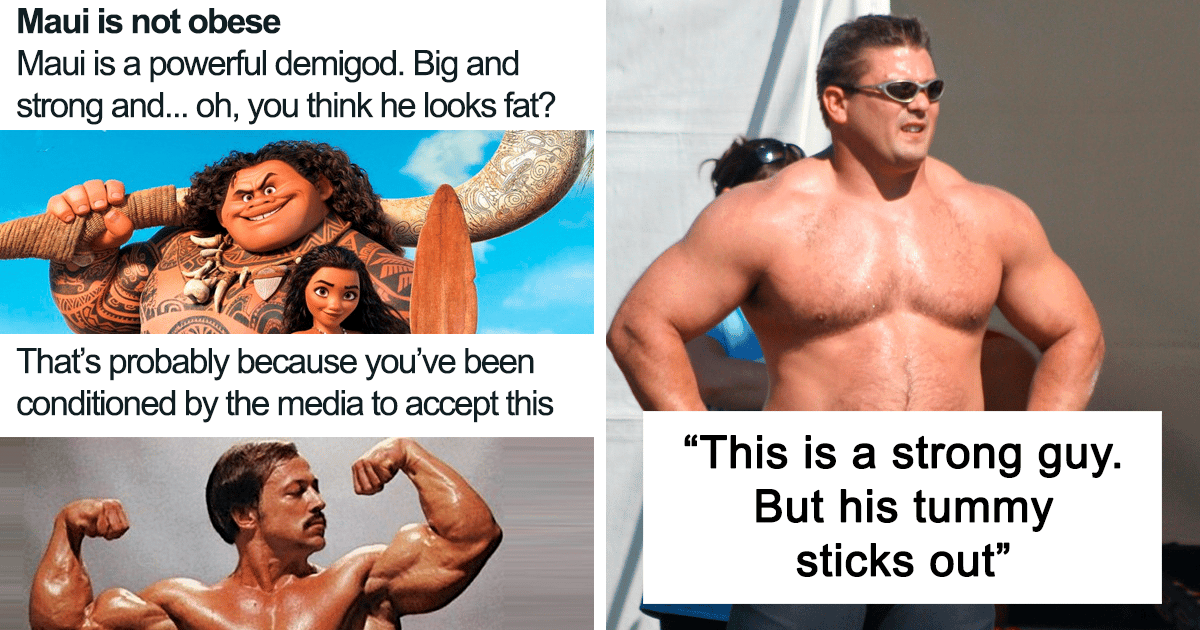There was a lot of criticism on the initial release of the Disney film, Moana. The depiction of a Polynesian character named Maui that received backlash was not the movie, story, or plot.
One New Zealand MP said portraying Maui as obese was not acceptable, while others claimed he looked like a pig and others said children might get the wrong message about their bodies after seeing the film.
Quick forward to the present time, and the discussion has reappeared. Yet, this time, individuals are in favor of Maui, saying since we’re not used to seeing bodies like his, it doesn’t mean he is “fat.” Someone has additionally written an enlightening post exposing our impression of the male body that is displayed areas of strength on the screen.
Maui is an example of function vs form that gives him power and strength. You can share your thoughts in the comments, and see the whole post right below.
Disney’s portrayal of the character Maui in Moana has received criticism from people who claim he looks obese and spreads the wrong message.
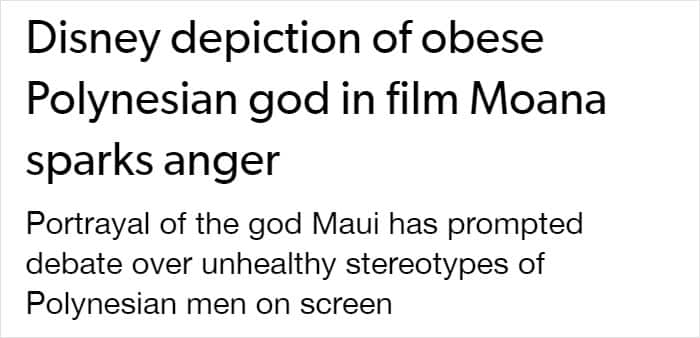
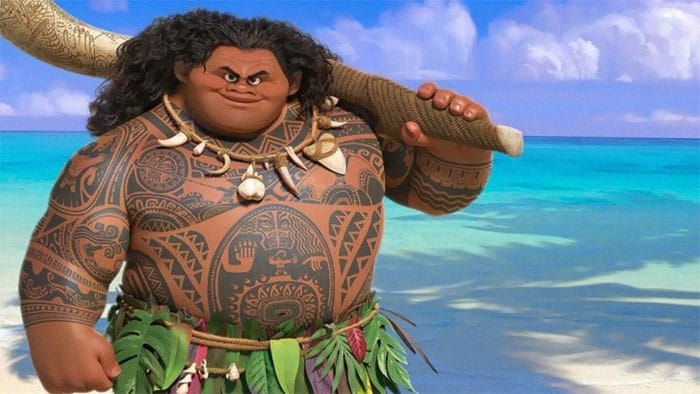
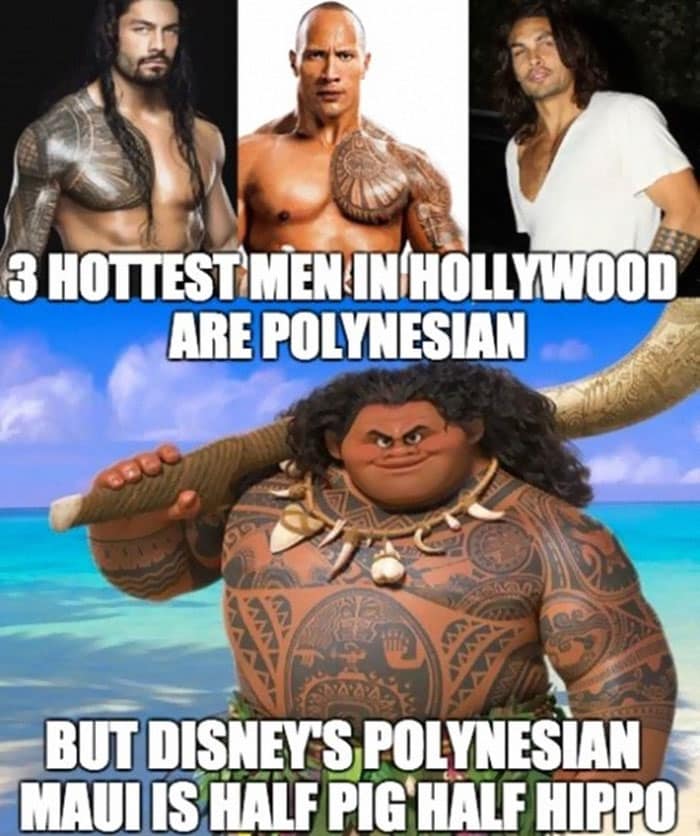
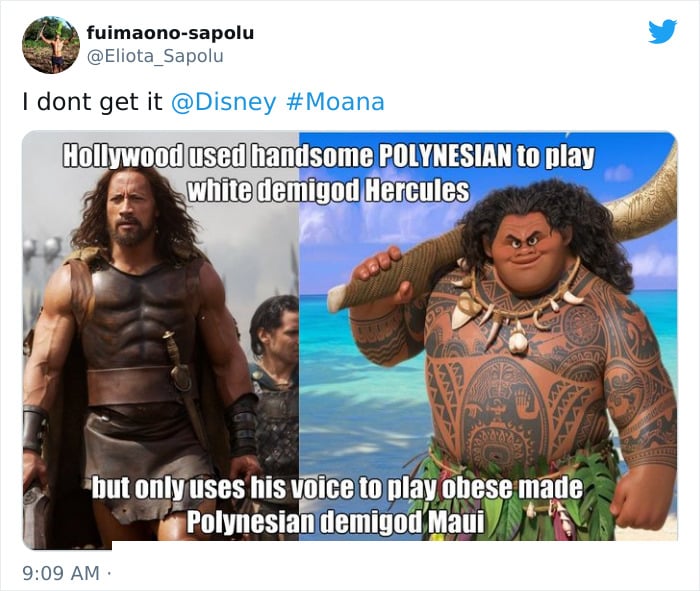
We reached out to Michel Mulipola, a Samoan comic book artist and professional wrestler from New Zealand who shared some insights on the debate and confirmed that Maui’s critics are fed by unrealistic beauty standards in movies.
“The critics calling Maui obese and unhealthy have been fed the impossible beauty standards that are portrayed in the media. For women – it’s the thin, lithe supermodel figure. For men – it’s the muscle definition and figure of a bodybuilder.”
“What they don’t understand is that the bodybuilder figure is built for show,” Michel said and continued, “while strong in lifting weights, it’s usually not functional for overall movement and regular lifting.”
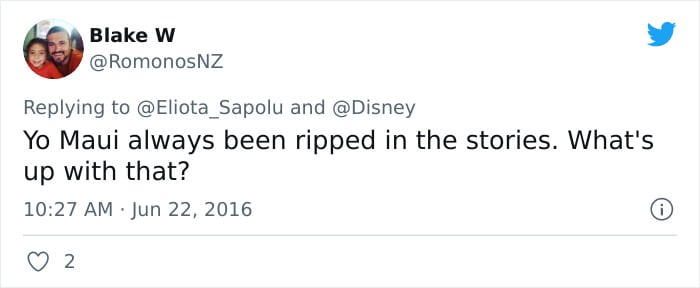
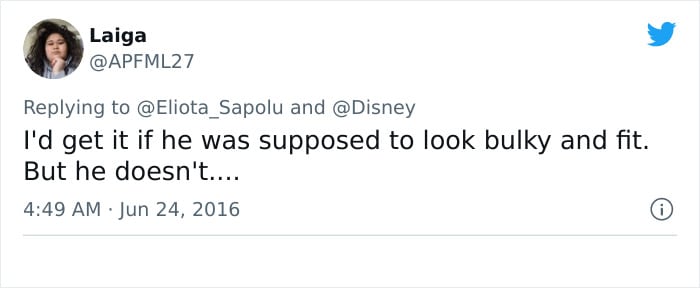
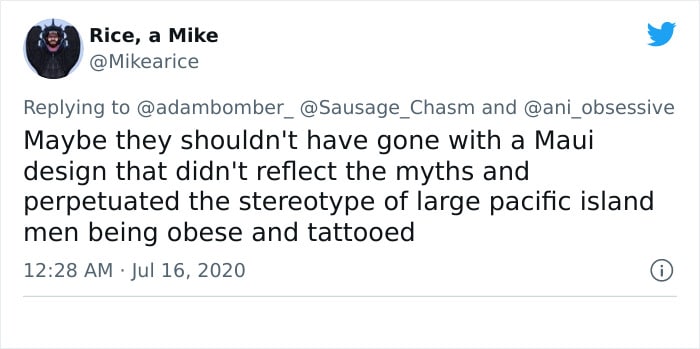
The World’s Strongest Man competition is a good place to look at it. “All the competitors are barrel-chested, have a bit of a gut but can lift a tonne of various-shaped items.”
Therefore, “Maui reflects the powerlifting/World’s Strongest Man body type rather than that of a bodybuilder,” he said and added that “Ridiculous body standards perpetuated by the media affect both men and women.”
“In terms of exhibiting functional strength, Moana’s Maui represents a more modern version of a Polynesian male which I believe is where a lot of the inspiration for his design comes from, particularly Dwayne ‘The Rock’ Johnson’s grandfather, ‘The High Chief’ Fānene Peter Maivia.”
Someone wrote a post explaining why Maui is a very strong and powerful character.
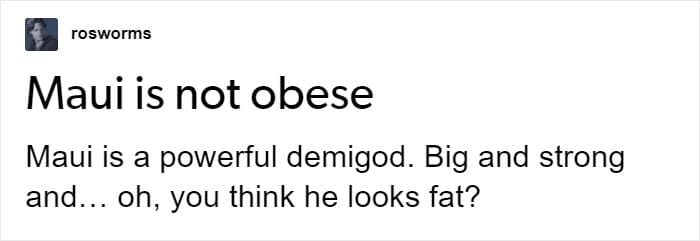
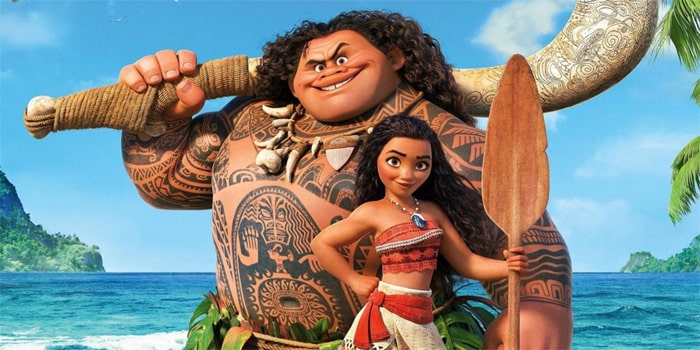

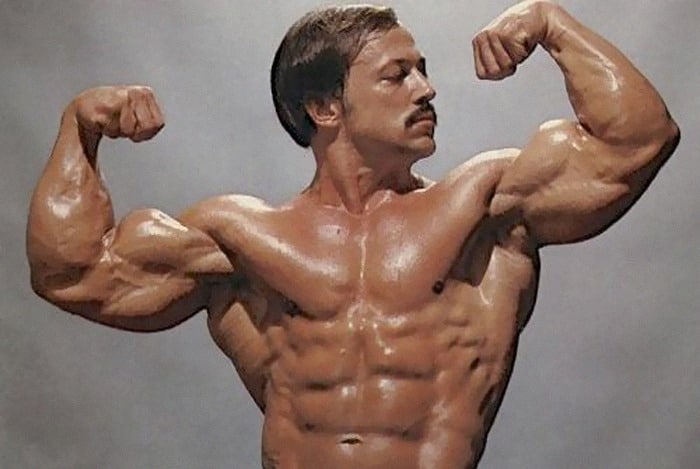
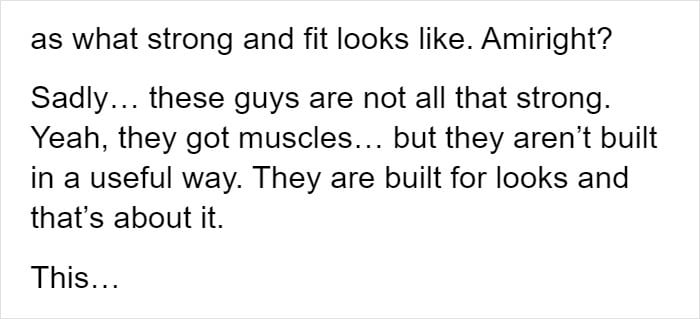
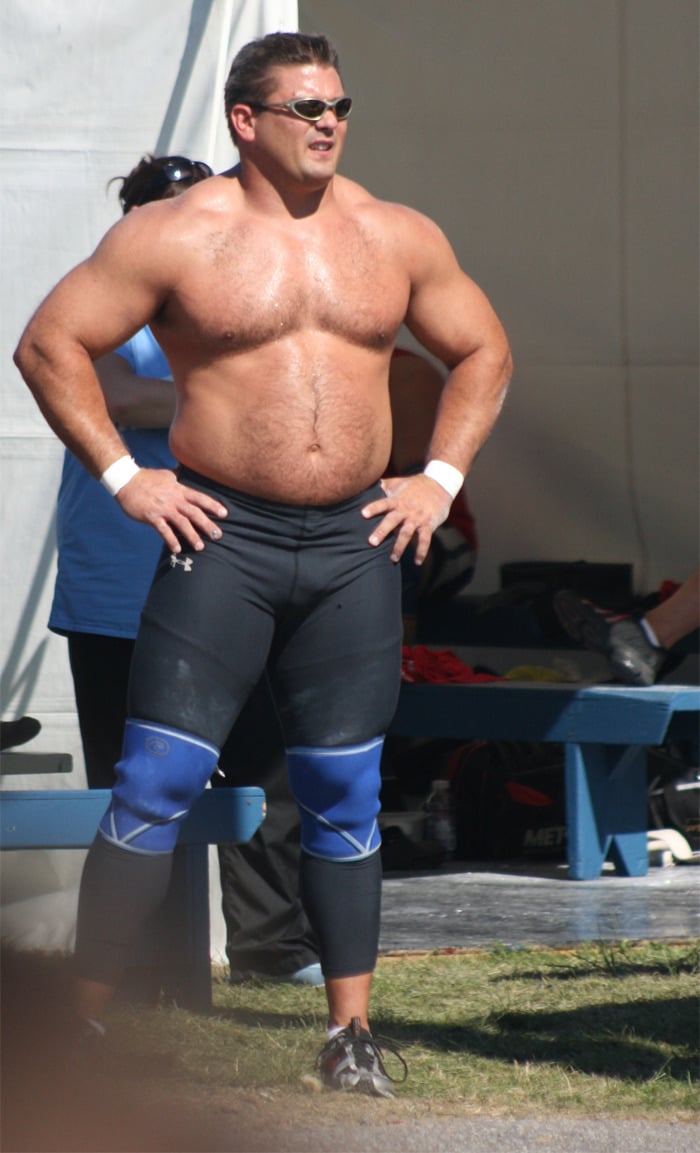

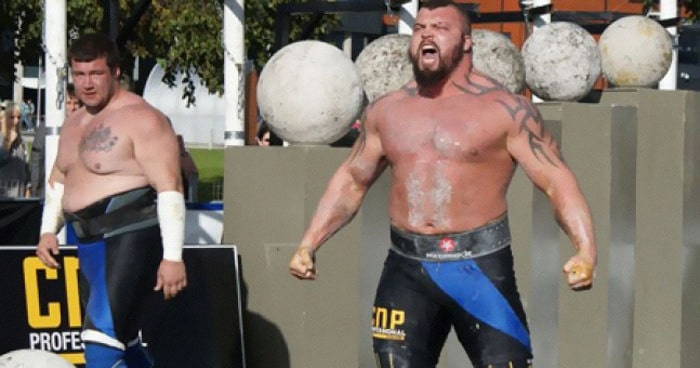

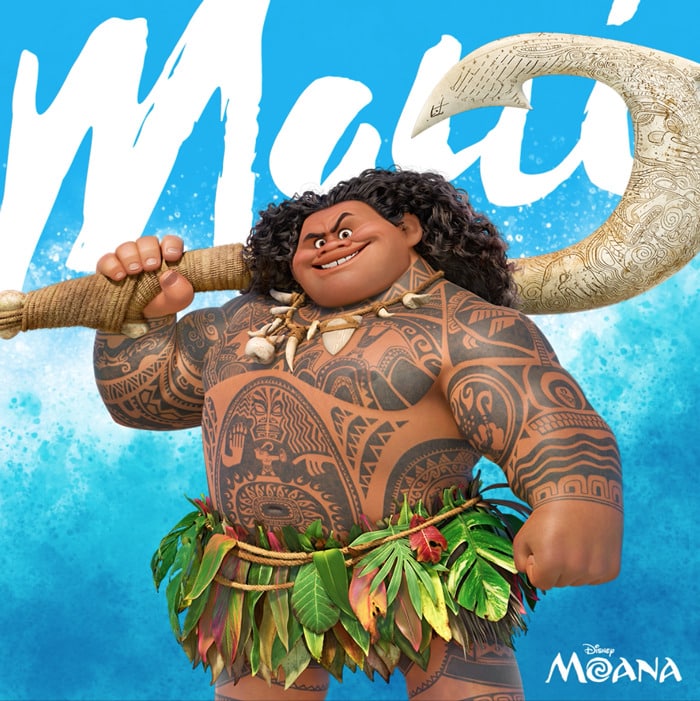
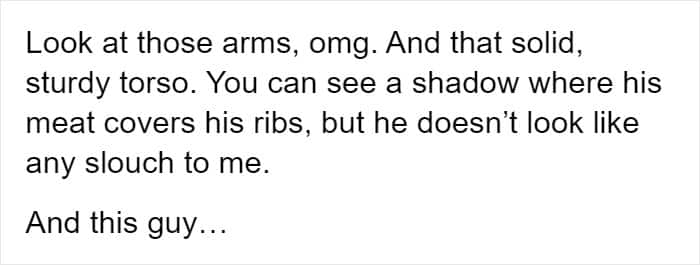
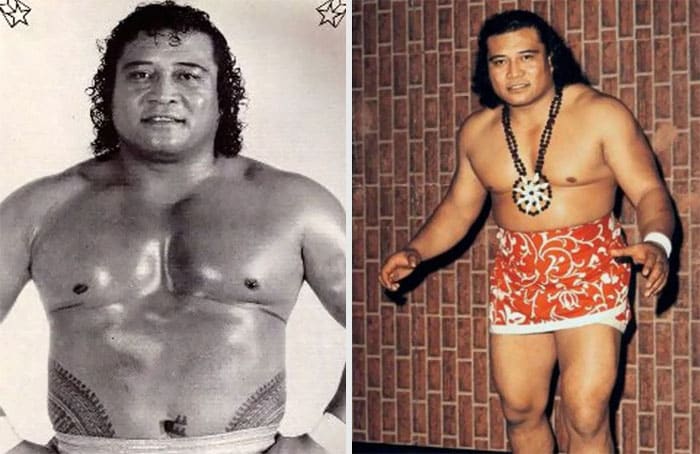
In the pre-colonial days, Polynesian men weren’t built like Maui, but Michel explained that he can understand the criticism from Polynesian people.
“With obesity, diabetes, and other associated health problems so prevalent in Polynesian communities today, I also understand Polynesians’ concerns with negative stereotypes and portrayals of our people,” he said.
The author explained that there is a difference between body types that are built for function and form.
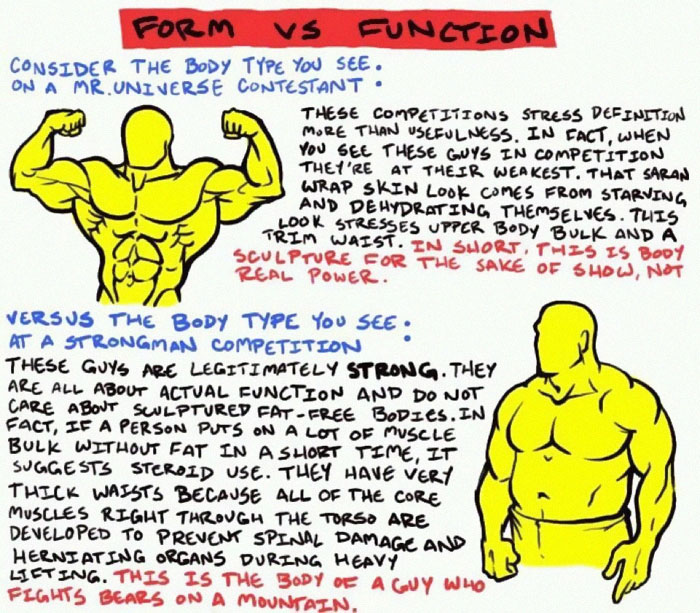

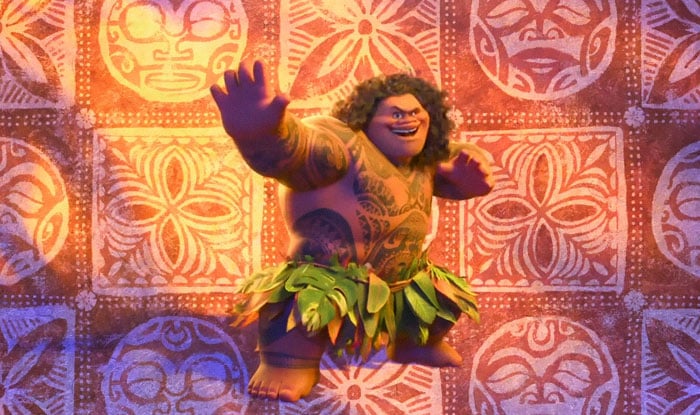
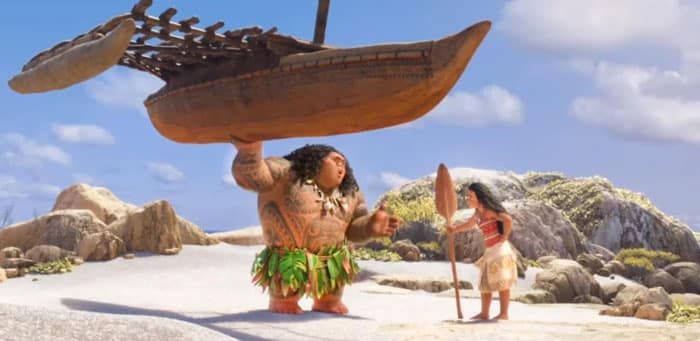
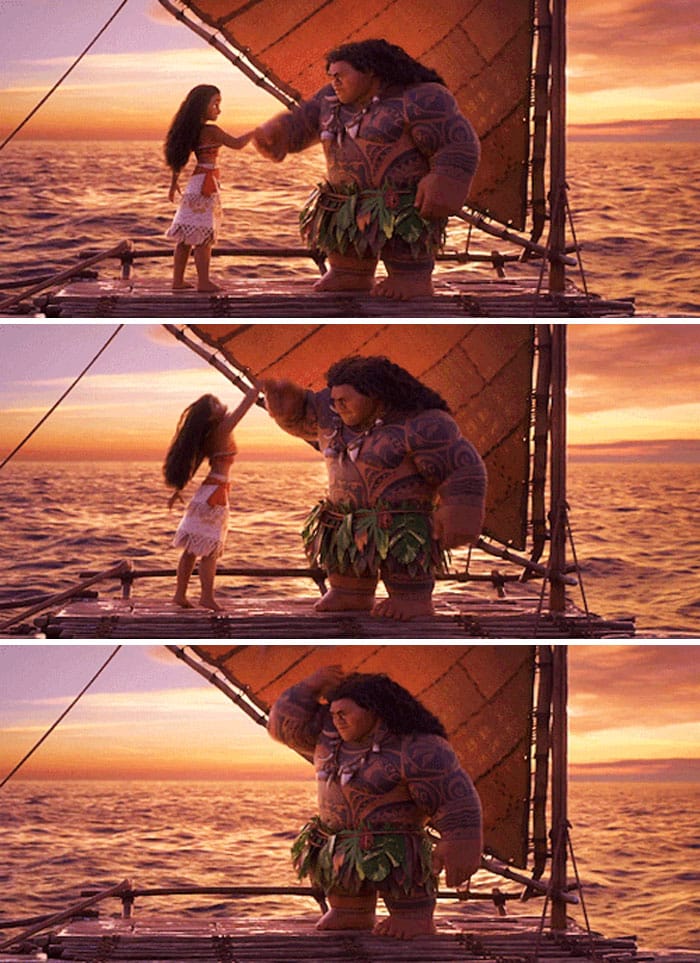
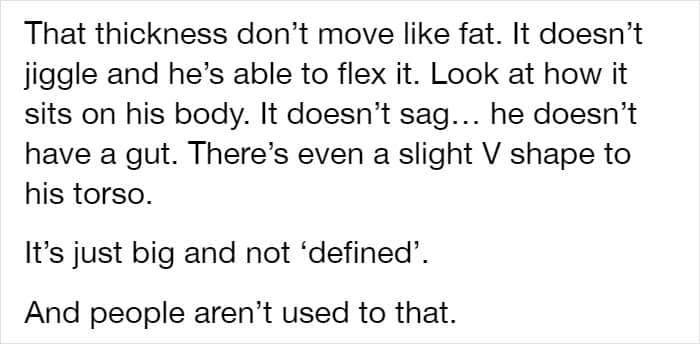
He has an issue with Maui’s design that isn’t his body shape, it’s his nose. “I hate the shape and design of it. It just doesn’t look quite right in my eyes,” he said.
“At the end of the day, Maui, Moana et al is an art and as an artist, I understand that once you put your art out into the world, it is no longer within your power on how people will perceive your art. People are gonna love/hate what they’re gonna love/hate,” Michel concluded.
This is what people said during the debate.










